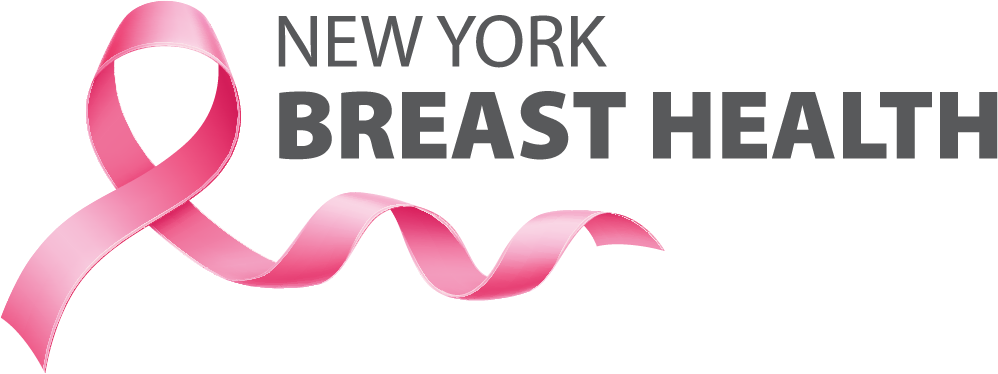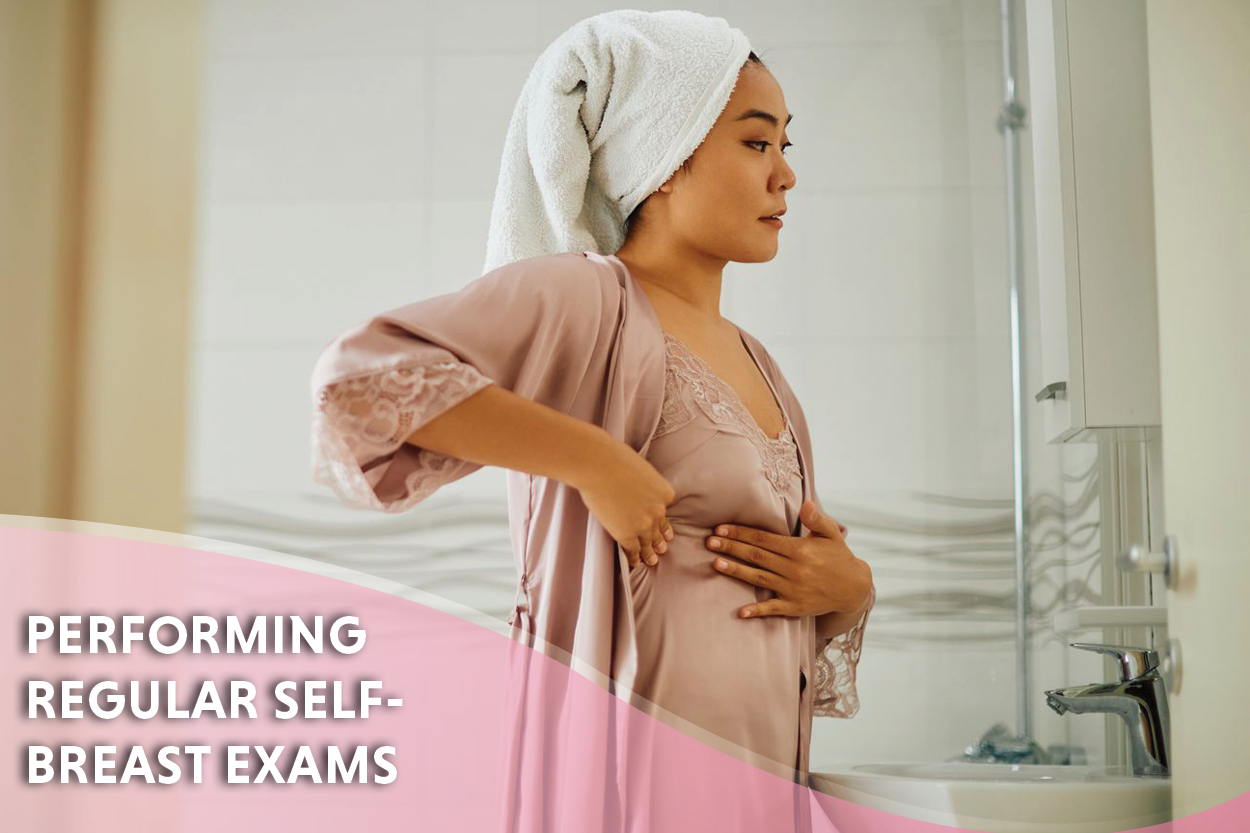When is a Breast Lump a Problem?
Breast health is a crucial aspect of women's overall well-being. However, understanding what should raise concern when it comes to breast lumps can sometimes be confusing.
Breast lumps are very common and usually benign. It is important to perform regular self-exams to differentiate when lumps are a cause for concern.
Regular self-breast exams each month help keep track of any new or existing lumps. Lumps can have many different textures: firm, mushy, smooth, or bumpy. The texture does not indicate whether a lump is cancerous. Not all lumps are cancerous, and breast tissue and texture can change during menstrual cycles, while taking hormones, and during pregnancy.
Performing self-breast exams is a simple task that you can perform at home. The optimal time to perform a self-exam is the week after menstruation when the breasts are least tender. A self-breast exam begins with a visual examination. During this examination, stand facing a mirror and examine with your hands on your hips and raised overhead. Next, perform a physical examination by lying down, causing breast tissue to spread out, making it easier to feel, or in the shower, where soap and water can help glide fingers across the skin.
To perform the physical exam, use the following tips.
Use the pads of your middle three fingers instead of the tips
Feel different depths by applying different pressures to the tissue
Take your time to feel each part of the breasts at different depths
During these self-exams, you should be looking for some key things.
-
What to look for
-
Change in the size or appearance
-
Breast pain that lasts more than two menstrual cycles
-
Changes to the breast skin
-
Inverted nipples
-
Nipple discharge
-
Redness or swelling
-
Dimples, puckers, bulges, or ridges
-
Asymmetry
Any of these symptoms warrant a clinical breast exam.
New York Breast Health offers various comprehensive breast imaging services to prevent, detect and treat breast cancer. Multiple board-certified radiologists can perform:
Breast biopsy: Removing a sample of breast tissue to be tested and diagnosed
Breast MRI: Radio waves produce detailed pictures of breast structures
Breast ultrasound: Uses sound waves and echoes to produce pictures of the inside of the breast
3D mammography: Low-dose X-rays that can help detect breast cancer
Breast lumps can often cause panic or fear of breast cancer. Although breast cancer is a possibility, more often than not, these lumps are harmless. In order to ensure healthy breasts perform regular self-exams and note any sudden changes.

